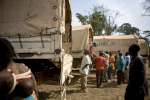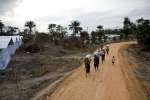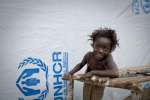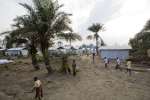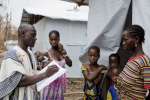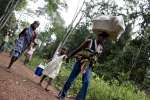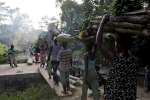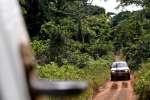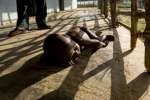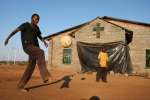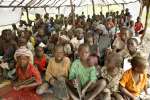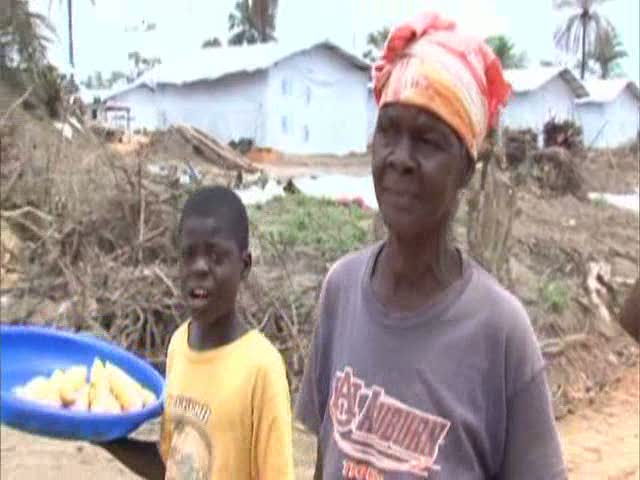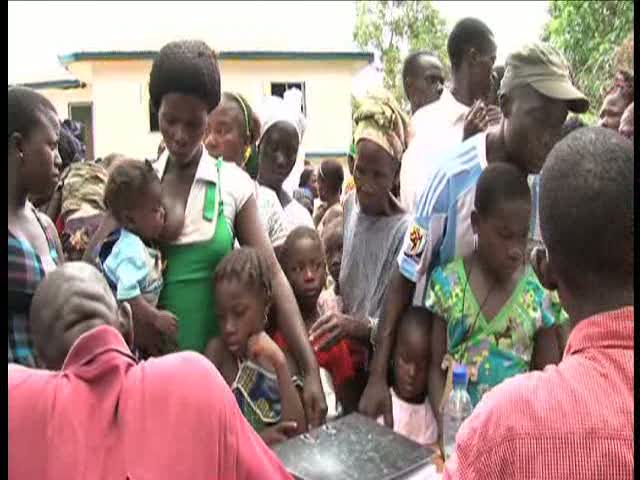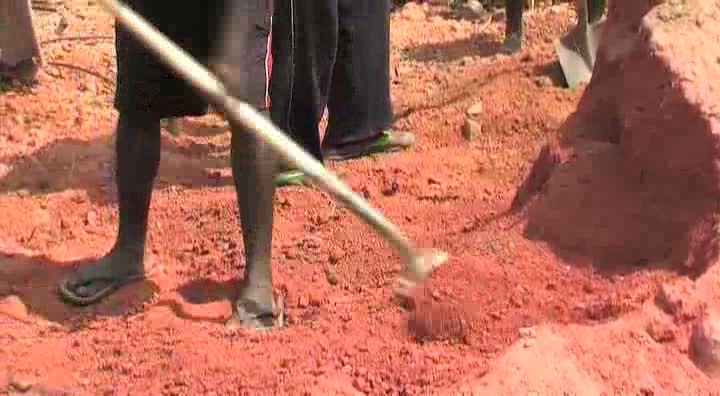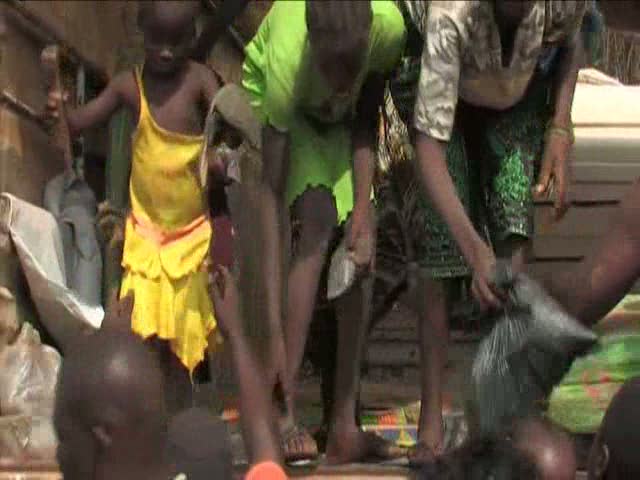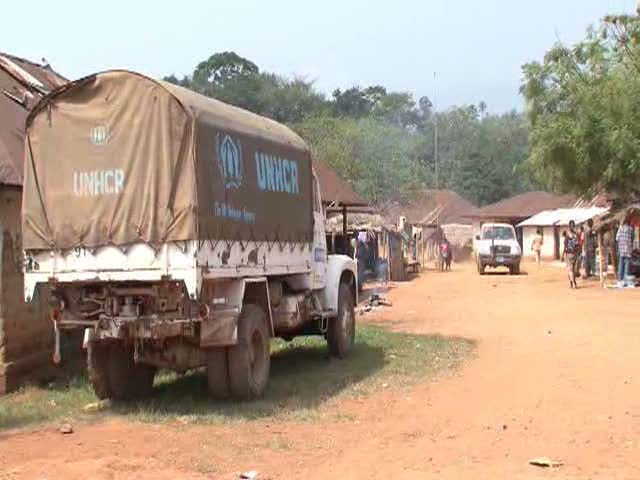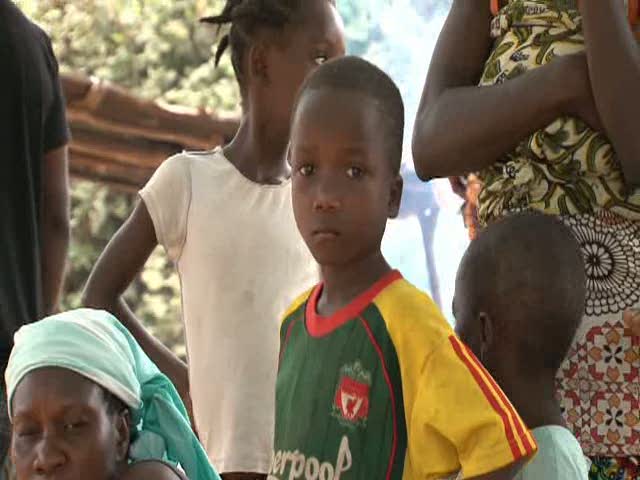Home > Where We Work > Africa > West Africa > Liberia
2015 UNHCR country operations profile - Liberia
| Overview |
Working environment
-
Liberia is a signatory to the 1951 Refugee Convention, its 1967 Protocol, and the 1969 OAU Convention. Liberia is also signatory to the 1954 Convention relating to the Status of Stateless Persons and the 1961 Convention on the Reduction of Statelessness.
-
UNHCR's operation in Liberia revolves around two main strategies: continued provision of protection and assistance to refugees and the pursuit of, and support for, voluntary repatriation of Ivorian refugees. With more and more Ivorian refugees willing to return, voluntary repatriation will remain a UNHCR priority in Liberia.
-
Should the Ebola virus outbreak continue, UNHCR will continue to collaborate with the Ministry of Health and Social Welfare on the integration of refugees into the national Ebola virus disease response plan and increased access to the Ministry's services.
-
UNHCR foresees two particular challenges in 2015: the spread of the Ebola virus and the organization of elections in Côte d'Ivoire, which could result in insecurity in border areas and the potential arrival of refugees in Liberia.
People of concern
The main populations of concern in Liberia are: Ivorian refugees who fled primarily as a result of the 2010 post-electoral crisis in their country; urban refugees of mixed nationalities such as Sierra Leoneans, Guineans and Sudanese, as well as former Sierra Leonean refugees who opted for local integration in Liberia. Some of them are in the process of naturalization, while others are waiting for residence permits.
| UNHCR 2015 planning figures for Liberia | |||||
|---|---|---|---|---|---|
| Type of population | Origin | January 2015 | December 2015 | ||
| Total in country | Of whom assisted by UNHCR |
Total in country | Of whom assisted by UNHCR |
||
| Total | 54,850 | 36,210 | 38,850 | 20,210 | |
| * The above population planning figures are subject to change as a result of the Ebola virus disease outbreak. | |||||
| Refugees | Côte d'Ivoire | 52,790 | 34,140 | 36,790 | 18,140 |
| Sierra Leone | 380 | 380 | 380 | 380 | |
| Various | 80 | 80 | 80 | 80 | |
| Asylum-seekers | Nigeria | 10 | 10 | 10 | 10 |
| Syrian Arab Rep. | 10 | 10 | 10 | 10 | |
| Togo | 10 | 10 | 10 | 10 | |
| Various | 30 | 30 | 30 | 30 | |
| Others of concern | Sierra Leone | 1,540 | 1,540 | 1,540 | 1,540 |
| Response |
Needs and strategies
The Ebola outbreak in 2014 led the Government of Liberia to declare a state of emergency, including the closure of borders with Côte d'Ivoire. UNHCR has therefore been reviewing its strategy in Liberia, particularly with regard to voluntary repatriation. In the latter part of 2015, UNHCR will redirect its strategic focus to pursuing durable solutions, in particular voluntary repatriation alongside resettlement as a strategic protection tool.
UNHCR and its partners will continue to provide access to self-reliance and skills-training opportunities for refugees, in order to mitigate the emerging trends of survival-sex work, gender-based violence, and teenage pregnancies, as well as criminal activities, among the adolescent population.
In the first six months of 2014, UNHCR facilitated the repatriation of 12,000 refugees, mainly from Côte d'Ivoire, despite the closure of the borders. With Ivorian refugees increasingly willing to return, and once voluntary repatriation resumes, UNHCR is anticipating that the camp population will decrease in 2015. It envisages the consolidation of camps, with the closure of the Little Wlebo camp in Maryland County and the transformation of Bahn Camp in Nimba County into a local settlement site, under the authorities' supervision.
| Implementation |
Coordination
UNHCR will collaborate with the Government's refugee agency, the Liberian Refugee Repatriation and Resettlement Commission, as well as UN agencies and NGOs, to provide protection and assistance to refugees in Liberia. Bi-weekly coordination meetings will be held in all refugee camps, to ensure a harmonized response and avoid gaps.
In 2015, UNHCR and its partners will place emphasis on access to self-reliance and skills-training opportunities for refugees in Liberia.
| 2015 UNHCR partners in Liberia |
|---|
| Implementing partners |
| Government agencies: Liberia Refugee Repatriation and Resettlement Commission |
| NGOs: Adventist Development and Relief Agency, Africa Humanitarian Action, African Initiatives for Relief and Development, CARE International, Caritas, Danish Refugee Council, International Rescue Committee, Save the Children International, Special Emergency Activity to Restore Children's Hope |
| Operational partners |
| Government agencies: Bureau of Immigration and Naturalization, Liberia National Police, Ministry of Foreign Affairs, Ministry of Health and Social Welfare, Ministry of Internal Affairs, Ministry of Justice, Ministry of Public Works |
| NGOs: Finn Church Aid, Medical Teams International |
| Others: OHCHR, UNDP, UNICEF, UNMIL, UNOPS, UNV, WFP, WHO |
| Financial information |
The 2010 Ivorian refugee influx saw the Liberia operation's budget allocation increase significantly. Since 2011, there has been a steady decline in the requirements for the refugee programme. In 2015, the operation will require USD 25.3 million to address needs mainly related to health, water and sanitation, gender-based violence, education, livelihoods and durable solutions. A funding shortfall would dramatically affect the repatriation programme, as well as assistance provided to refugees in Liberia. It should be noted that, with the Ebola outbreak, additional resources may be required in the first half of 2015 to provide shelter and food assistance, and strengthen camp health, water and sanitation facilities.
Source: UNHCR Global Appeal 2015 Update
UNHCR contact information
| The UNHCR Representation in Liberia | |||||||||||||||
|---|---|---|---|---|---|---|---|---|---|---|---|---|---|---|---|
| Style of Address | The UNHCR Representative in Liberia | ||||||||||||||
| Street Address | Haider Building, Mamba Point, Monrovia, Liberia | ||||||||||||||
| Mailing Address | P.O. Box 9077, Monrovia, Liberia | ||||||||||||||
| Telephone | 41 22 739 7286 | ||||||||||||||
| Facsimile | 41 22 739 7287 | ||||||||||||||
| Website | http://info.unhcr.org/liberia | ||||||||||||||
| lbrmo@unhcr.org | |||||||||||||||
| Time Zone | GMT + 0 | ||||||||||||||
| Working Hours |
|
||||||||||||||
| Public Holidays | 01 January 2016, New years day 09 March 2016, decoration day 25 March 2016, good friday 14 May 2016, unification day 07 July 2016, eid al fitr 26 July 2016, independence day 24 August 2016, national flag day 13 September 2016, eid al adha 03 November 2016, thanks giving 25 December 2016, christmas |
||||||||||||||




